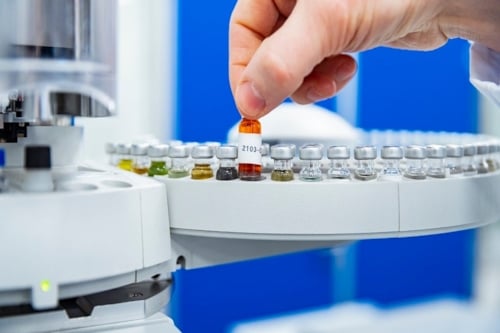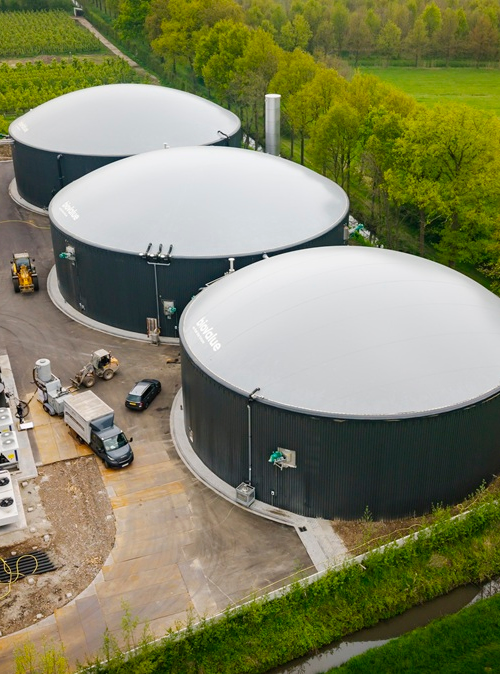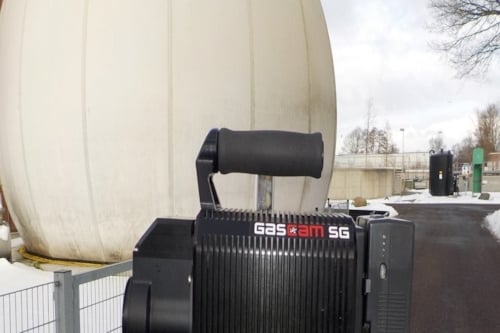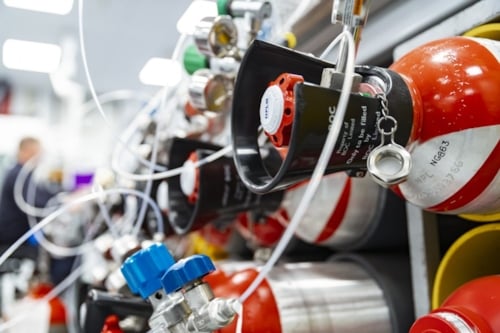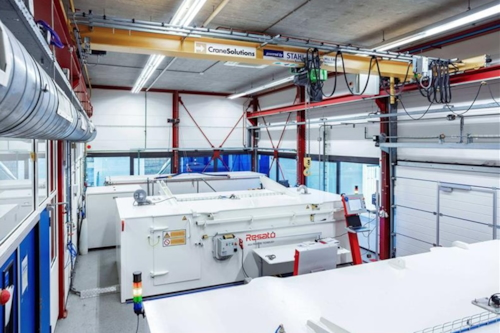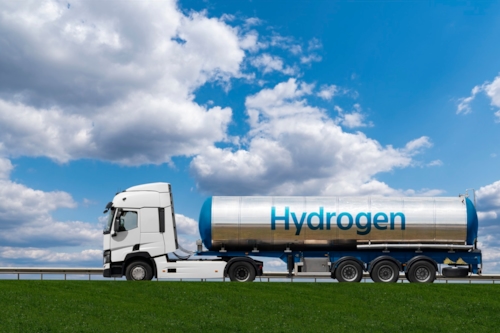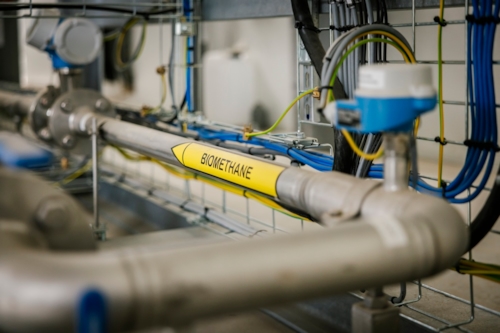Gas analysis by ISO-certified laboratory
If your organization works with gases, it may be important to know their calorific value or Wobbe Index. In addition, it's crucial that the gas does not contain harmful trace components. At Kiwa, you can rely on expert analysis of a wide range of gas properties: volume, quality, (main) components, higher hydrocarbons, aromatic hydrocarbons, halogenated hydrocarbons, sulfur compounds (such as H₂S), siloxanes and THT odorization.
